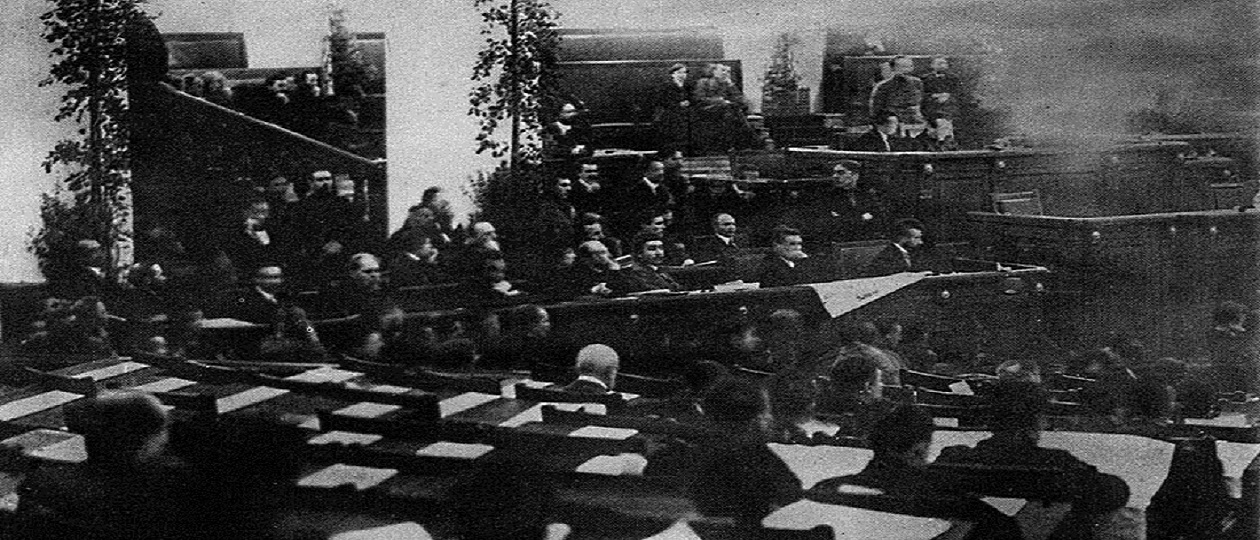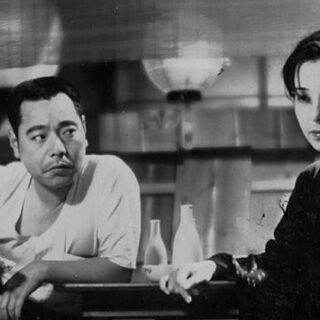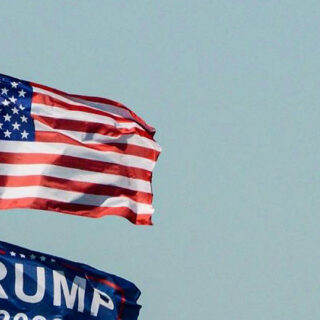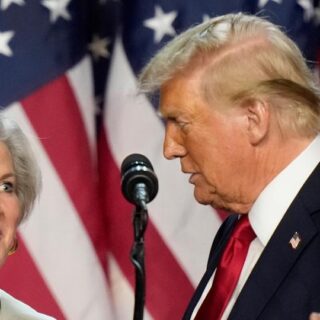
The ambivalence of many conservatives and reactionaries in Russia about political terrorism possibly did more harm to the government than we can imagine.
In the long run, conservative ambivalence contributed to the collapse of the autocracy in the February Revolution of 1917.
It is undoubtable that most conservatives and reactionaries condemned left-wing terrorism, but many of them also opposed right-wing terrorism. However, while conservatives and reactionaries opposed terrorism, they did not offer the government much support in suppressing terrorism and violence during the Revolution of 1905-1907.
This was the ambivalent attitude that eventually had deadly consequences for Tsar Nicholas II because this ambivalence about terrorism and violence turned into outright opposition to the last tsar during World War One. Toward the end of 1916, Nicholas II had lost the support of many government officials, generals, officers, the aristocracy, the Black Hundreds and other far-right movements, and even members of his own family.
In certain respects, many conservatives behaved the same way as liberals when it came to determining their attitude toward terrorism.
Liberal support for socialists and left-wing terrorists took various forms. The defense speeches of lawyers at the major political trials of the 1870s and 1880s invariably emphasized that government repression had driven peaceful propagandists to take up terrorism. With the formation of the Constitutional Democratic (Kadet) Party in 1905 and the establishment of the Duma, liberals could use the Duma to express their support on a nation-wide basis for the left. Many liberals collected money for revolutionaries and left-wing terrorists, hid them in their homes, provided them with false passports, found lawyers for them, smuggled arms to them.
Conservatives and reactionaries also helped revolutionaries. Individual grievances against the government and issues of conscience prompted many right-wingers to help leftists. Many members of the bureaucracy, military, and the police (more often their wives) helped opponents of the regime. In educated society, it was a mark of honour to help the regime’s political opponents. There were many right-wingers who believed that, as Christians, they could not bring themselves to commit what they considered morally reprehensible acts such as making denunciations to the police. [1, p. 63]
The support of many conservatives for terrorism and their ambivalent attitude toward the government’s fight against terrorism was one more example of the mass criminalization of Russian society.
Conservatives and reactionaries could use the terrorist threat as a tactic to advance their own political aims. On the one hand, they could promise their support to the government if it enacted harsher measures against oppositionist and revolutionary movements. They could demand concessions such as the government allowing them to play a greater part in administering the country. However, the ambivalent approach demonstrated that members of the conservative camp were repaying the government for its mistrustful attitude toward public initiative.
Right-wingers in the 20th century already had an example of just what the government thought about their support. As written about previously, the Sacred Brotherhood (Священная дружина) was formed after the assassination of Tsar Alexander II on March 1 1881 to fight left-wing terrorism with right-wing terrorism. However, members of the government suspected that the supposedly loyalist statements of the druzhinniki were a cover-up for an aristocratic movement for a constitution. The Brotherhood, as members of the government believed, had too many parallels with the French Fronde of the 17th century — aristocratic struggle with the king. [2, p. 425]
As stated previously, the Russian government displayed a high degree of mistrust toward any type of public initiative even from the most loyal elements. As American historian Jonathan Daly noted <<The Imperial government expected and demanded no more than reliability from Russian subjects; it wanted to rely on them not to engage in activities harmful to the state’s interests but did not expect them to lend active support to the state. They were free to hold opinions at variance with those of the government, perhaps even to express these opinions in some veiled or moderate form but were not supposed to utter them loudly or forcefully. In a word, mere dependability was sufficient. By contrast, many Russian revolutionaries and, later, the Soviet government expected — and in some cases demanded — trustworthiness.>> [3, p. 68]
One suspects that the government feared that conservatives would demand concessions in exchange for supporting its policies against terrorism. These concessions would inevitably be in the sphere of greater noble participation in governing the country. Nobles already held a dominant position in the zemstvo —organs of local self-government and they could always demand a dominant position for the nobility in a consultative or legislative assembly. Unlike governments in European countries, the Russian government did not consider the nobility a reliable element. Nobles led the Decembrist uprising of December 14 1825 and had produced many members of the liberal and socialist intelligentsia.
In a certain sense, many conservatives and reactionaries had much in common with Russian liberals and socialists. Many of them were determined that Russia would not be another European-style bourgeois, liberal and constitutional state. Thus, terrorism — at least at a certain level of intensity- could became a very useful tool in advancing right-wing goals of preventing liberal constitutionalism coming to Russia. Because the government was so mistrustful of public support initiatives, the ambivalence of conservatives about the government’s situation had a certain logic about it.
So many factors have turned political terrorism in Russia in the early 20th century into a Great Unknown. Are there still more factors?
Sources used
- Rocchi, Tony. Political Terrorism in the Russian Empire, 1866-1911: an exploration of the origins of terrorism in the modern world. Unpublished paper, 2016.
- Рокки Тони. Идеологическое и тактическое оружие организации «Народной воли»: как народовольцы стали легендарными в истории терроризма (The ideological and tactical weapons of the People’s Will organization: how the narodovol’tsy became legendary in the history of terrorism). // Сборник материалов VIII Международной научно-практической конференции. 7–9 октября 2020 г. Тула-2021, с. 421-432.
- Daly, Jonathan W. Autocracy under siege: security police and opposition in Russia, 1866-1905. DeKalb IL: Northern Illinois University Press, 1998.





